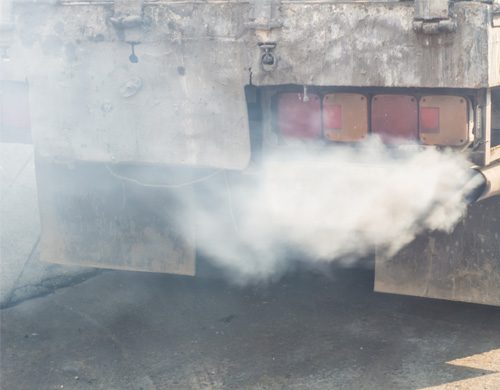New tool to help heavy freight companies decarbonise road fleet
 A new tool has been launched in a bid to help long-distance heavy freight companies better understand the options for decarbonising their road fleet.
A new tool has been launched in a bid to help long-distance heavy freight companies better understand the options for decarbonising their road fleet.
Launched by Ara Ake, formerly known as the National New Energy Development Centre, the free tool takes a total cost of ownership approach to calculating the cost of road freight movements.
“This means rather than just looking at the upfront cost of buying different types of vehicles, it estimates the relative costs of using different vehicles powered by different fuels for a given freight trip, taking into account other costs such as labour, carbon dioxide emissions and Road User Charge costs” said Ara Ake chief executive, Cristiano Marantes.
New Zealand‘s heavy truck fleet contributes 27% of all transport emissions but accounts for only 7% of total annual travel.
Marantes said this concentration of emissions into a relatively small amount of total travel highlights a “critical need” to find ways to decarbonise heavy freight movements.
“The TCO comparison tool looks at trips carried out by vehicles powered by green and blue hydrogen, battery electric vehicles, drop-in and conventional biodiesels, and standard diesel internal combustion engine vehicles,” he said.
This week‘s Climate Change Commission advice highlighted the need for significant decarbonisation of heavy transport and estimates that nearly three-quarters of all heavy trucks imported into New Zealand by 2035 would be electric – either battery or fuel cell electric vehicles.
The Commission recommends that work to enable switching away from fossil fuels to reduce emissions from heavy vehicles is begun in the first emissions period, alongside a national low-emissions freight strategy.
Marantes said Ara Ake was publishing the TCO comparison tool to contribute to this much-needed work.
“The tool comes with a set of inbuilt assumptions about various factors, such as the cost of electricity, vehicle capital costs, the cost of various fuels, and road user charges,” he said.
“It also incorporates typical data on average daily heavy freight trips provided by EROAD, including information on average daily kilometres travelled, average number and length of stops, and average speed.”
In addition, it allows users to run their own scenarios and input their own data, enabling it to incorporate commercially sensitive data not yet in the public domain.
“We hope this will be a useful resource for public and private sector decision-makers when they are making strategic decisions about transport investments,” Marantes said.
“By making their scenarios fully customisable, users can also make decisions based on what they know and expect to be true, such as price paths for carbon over time.”
Shaun Morrow, business development at Mainfreight, said the comparison tool was a useful conceptual tool to test different assumptions around long-distance heavy freight decarbonisation.
“I see applications for its use in supporting longer-term planning and fleet composition in the years ahead,” he said.
Dave Hadley, Principal Advisor Strategic Policy and Innovation at the Ministry of Transport, said that the tool gave freight sector operators the ability to compare all of their vehicle options, in line with their own specific business needs.
“The impact of transport decisions made in the present will influence New Zealand‘s emissions profile for decades to come. Comparison tools like this one provide a fuller picture of current and future costs to decision-makers to help them make more-informed decisions for the life-time of their fleets.”
The tool was available for anyone to download and use free of charge and is accompanied by a user guide.





